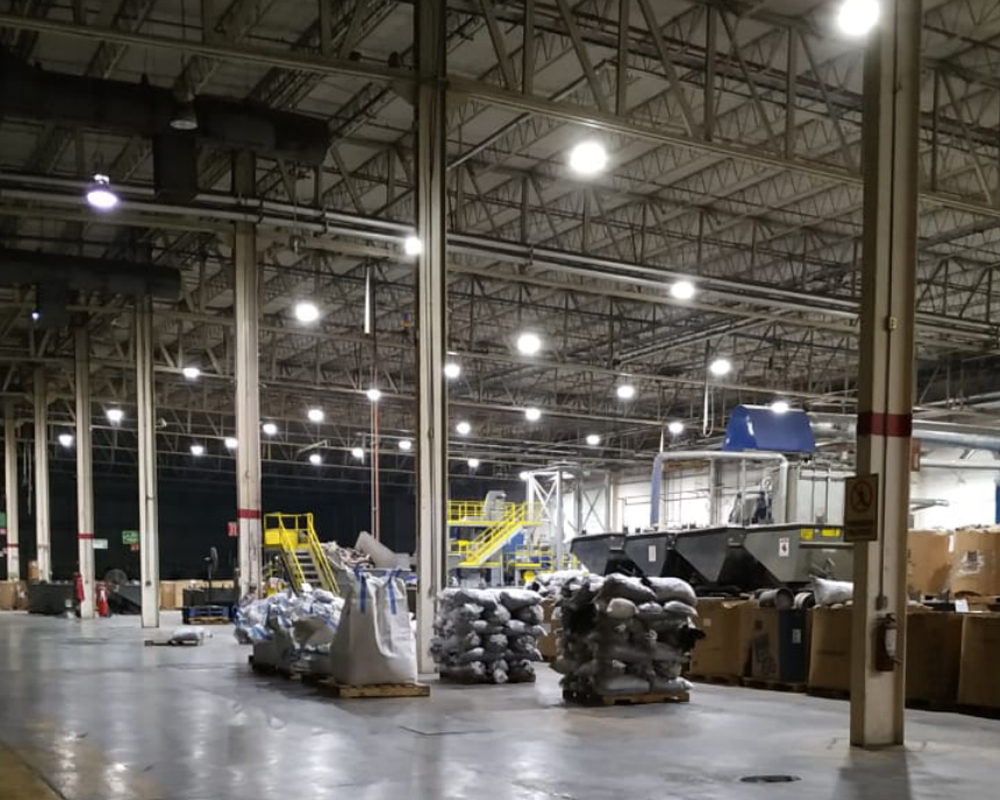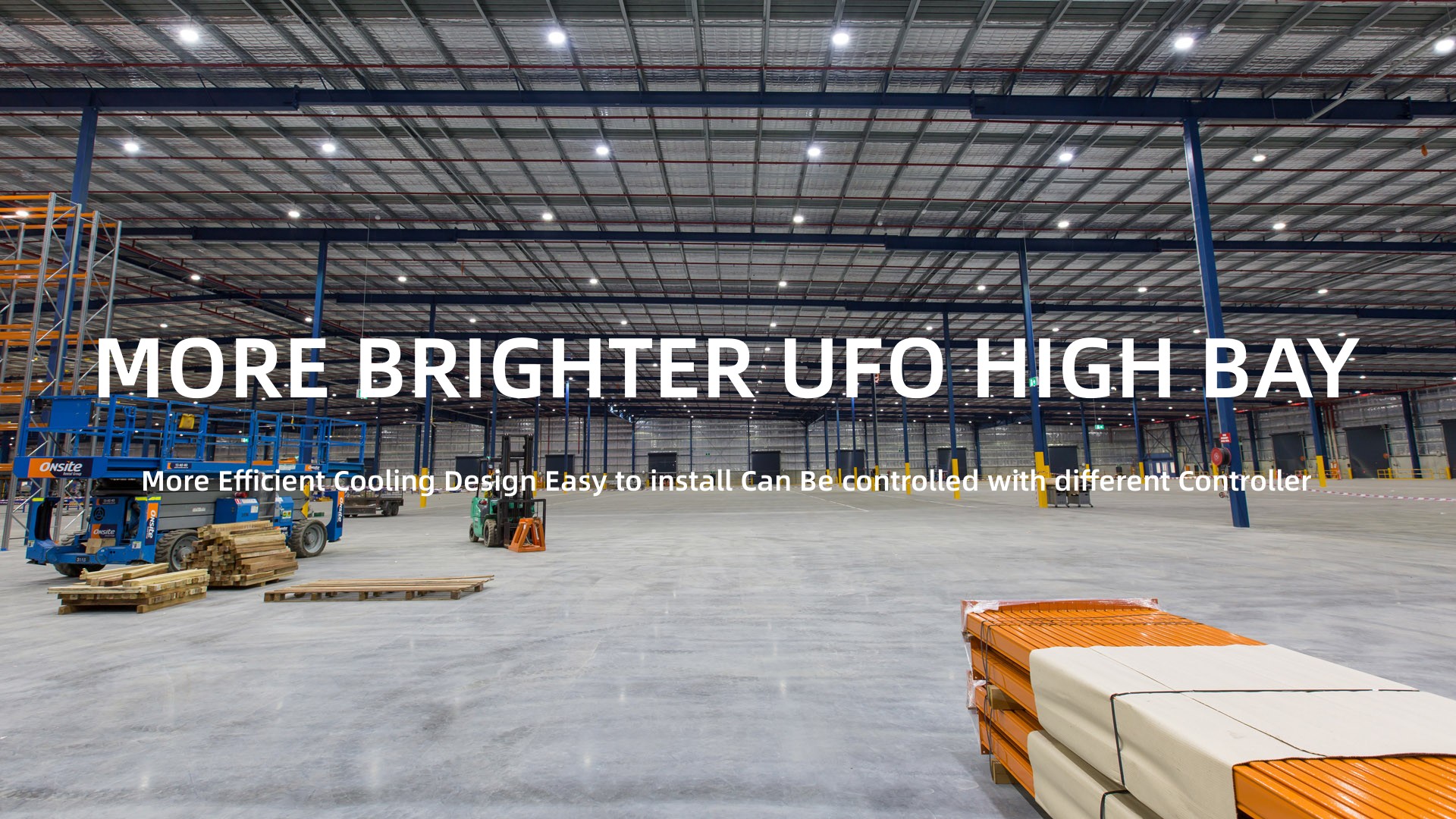
Factory lighting must not only meet the lighting needs of different industrial sectors, but also ensure the long life and durability of lamps while saving energy. The most important thing is to ensure the efficiency of employees. Appropriate lighting effects not only help to stimulate the enthusiasm of employees, but also prevent employee fatigue, maintain the health of employees, and prevent work-related accidents. Appropriate lighting effects need to be comprehensively evaluated in terms of visual execution, visual comfort, and visual atmosphere.
| Assessment Content | Lighting Factor | Impact on Industrial Production |
| Visual Execution | Illumination and Glare | Operating Sensitivity and Accuracy |
| Visual Comfort | Light Uniformity and Color Rendering Index | Work Comfort, Concentration and Productivity of Employees |
| Visual Atmosphere | Direction of Light, Layout of Lamps and Color Temperature | Employee Mood, Attention and Safety |
In the industrial sector, the ergonomic quality of a workplace is primarily determined by the ease with which various visual tasks can be performed. Good lighting can have a positive impact on other productivity determinants (implementation, mistakes, accidents). In a pleasant indoor environment, good sightlines and a sense of comfort can better motivate employees, making them more focused and productive. In this way, the quality of the work will increase and the number of errors will be greatly reduced. The risk of accidents is also reduced.

According to different needs, the corresponding lighting arrangement can greatly improve work efficiency and safety while effectively saving energy.
In order to make more effective use of natural light and maximize energy savings at specific times and under unmanned conditions, factory lighting can also be combined with intelligent control modules to control the illuminance by sensing the illuminance of the surrounding environment and human activities.
Due to different industries and production environments, the illumination standards of factories are also different, and the requirements for LED lamps are also different.
1. The general industrial environment is 100~500 lux, and the precision manufacturing environment is generally 500~1000 lux. In the electrical engineering industry, inspection and measurement operations require lighting of 1500 lux to ensure safe and accurate operation.
2. Heavy industry generally requires lamps to have a high protection level (IP65 and above), explosion-proof, high temperature resistance, and corrosion resistance.
3. The printing industry requires CRI>90.
4. The food processing industry requires CRI>80 and ISF certification.
5. Plastic processing, wood product manufacturing, and chemical industry all require explosion-proof properties.
For factory lighting, only the illuminance standard value is not perfect, and the vertical illuminance, illuminance uniformity and brightness balance should be fully considered according to the characteristics of actual operation.
The illuminance value stipulated in the standard is mostly the horizontal illuminance. In industrial production, many visual tasks are performed on vertical (inclined) surfaces, so not only the horizontal illuminance (Eh) of the working surface is guaranteed, but also the vertical illuminance (Ev). Generally speaking, the ideal Ev/Eh ratio is 1:3; when visual tasks are mainly completed in the vertical plane, the Ev/Eh ratio is preferably 1:1 or greater. An effective way to increase vertical illuminance is to increase local lighting on the vertical work surface. Wide light distribution LED lamps can also be used in general lighting because it can provide better vertical illuminance.
This is an important indicator of increased visual satisfaction and reduced eye strain. The national standard clearly stipulates that the illuminance uniformity of general lighting in the working area should not be lower than 0.7, and the illuminance uniformity around the working surface should not be lower than 0.5. The general lighting illuminance value of the passage and non-working area should not be lower than 1/3 of the general lighting illuminance value of the working area. An effective way to improve the uniformity of lighting is to choose the light distribution of the luminaire correctly. For the general lighting of most standard buildings, such as large-scale equipment, without large scale, the correct choice of wide light distribution is the most convenient and effective choice.
The ultimate goal of improving the uniformity of illuminance is to achieve a good balance of luminance. The human eye perceives illuminance as the reflection of various material surfaces in the working area, that is, brightness.
Under balanced brightness, the human eye feels comfortable and will not feel tired due to the constant adjustment of the pupil. On the other hand, the resolution of the details of the work object requires a strong brightness contrast between the details and the background. Therefore, adjusting and selecting the brightness contrast of the field of view according to special work requirements is a problem that factory lighting needs to solve in depth.
Choosing the right lamps for different industry needs can effectively ensure work efficiency and safety.
Author 2025-06-12
Hishine Group Limited Will Meet Customers In Mexico City.Hishine is thrilled to announce its participation in Expo Eléctrica International 2025, Latin America’s premier trade fair for power and lighti...
Author 2025-05-12
Our recent business trip to Saudi Arabia proved to be a pivotal step in strengthening partnerships and exploring opportunities in the Kingdom’s rapidly growing energy and lighting markets. Below are t...